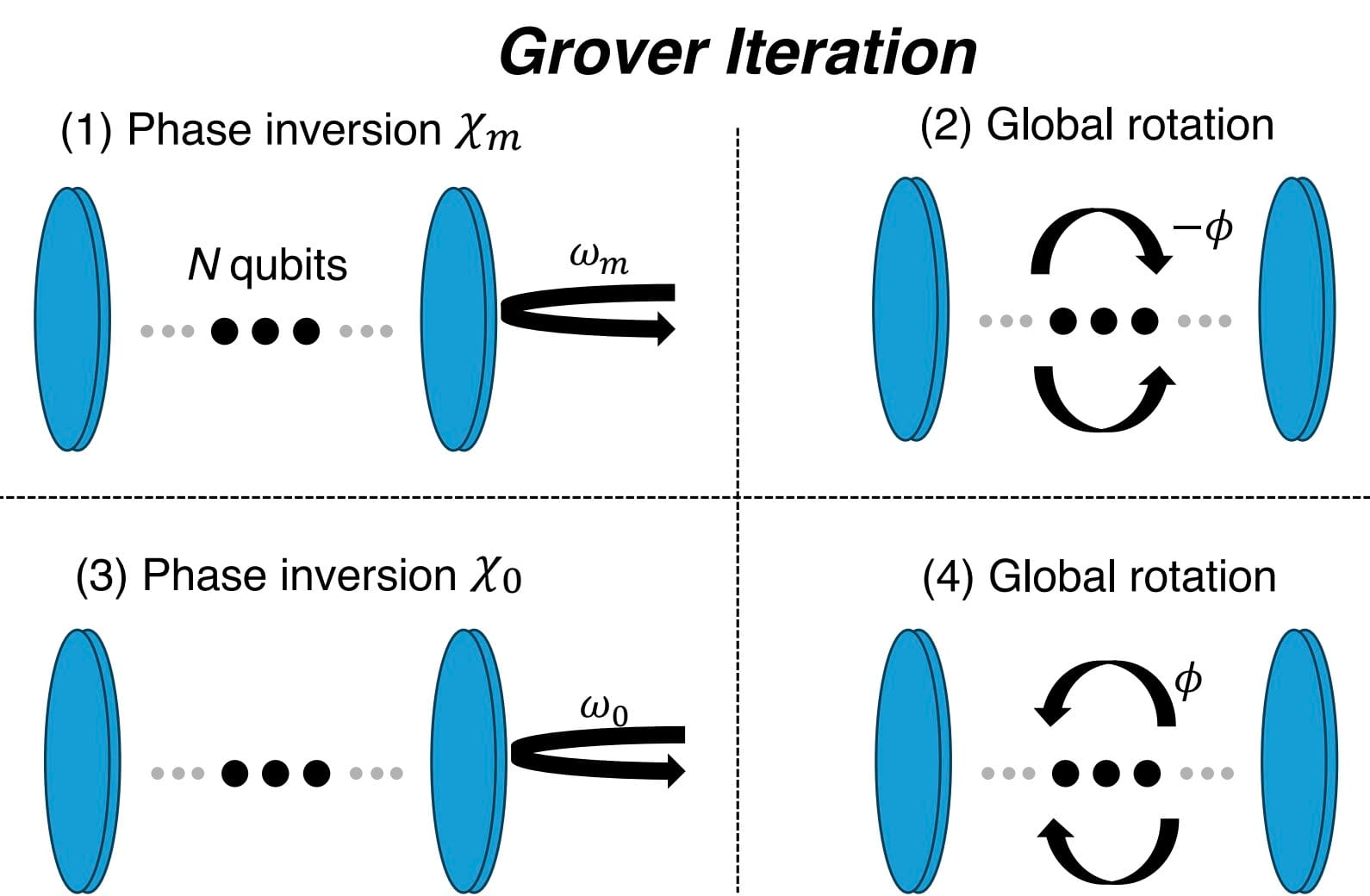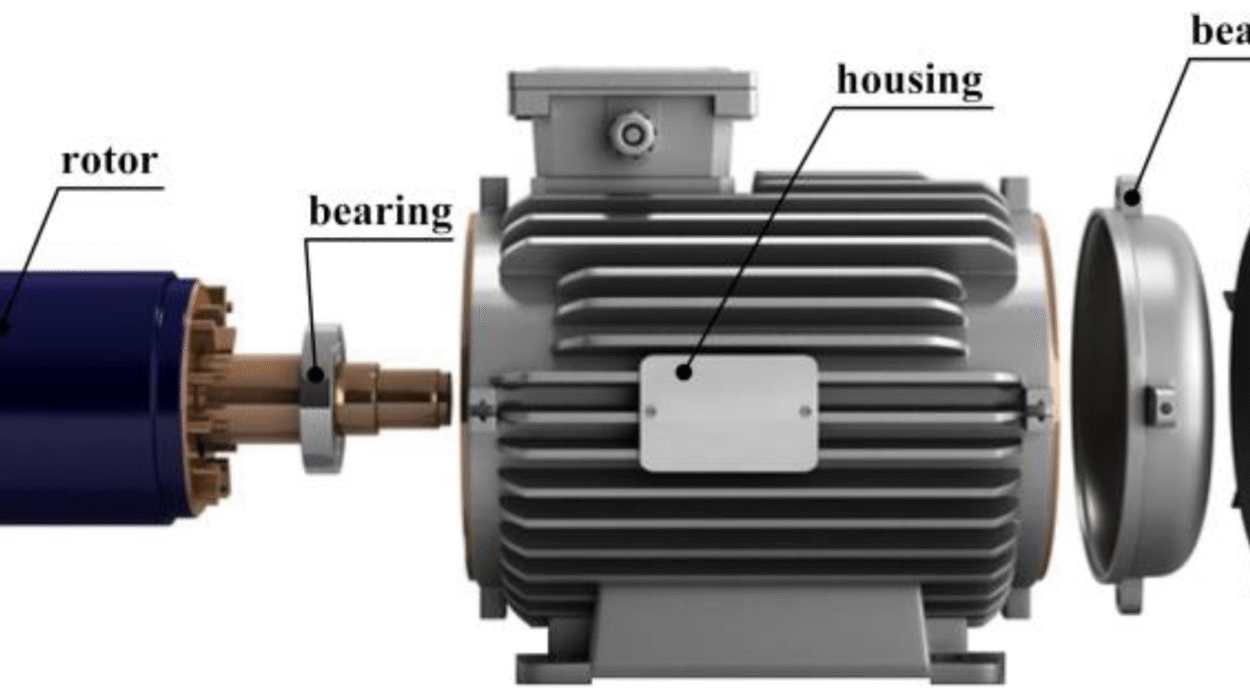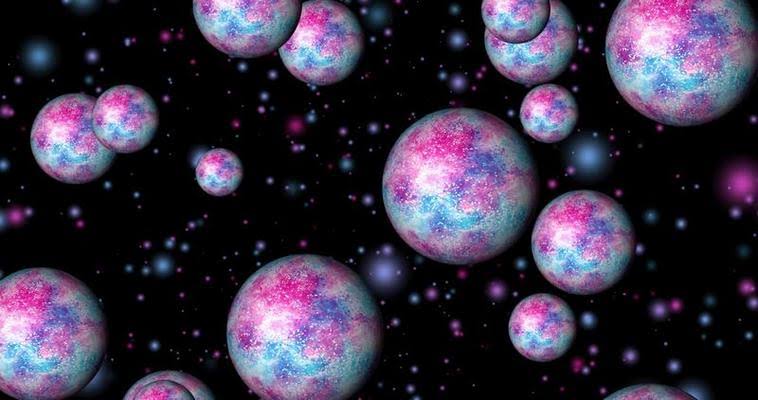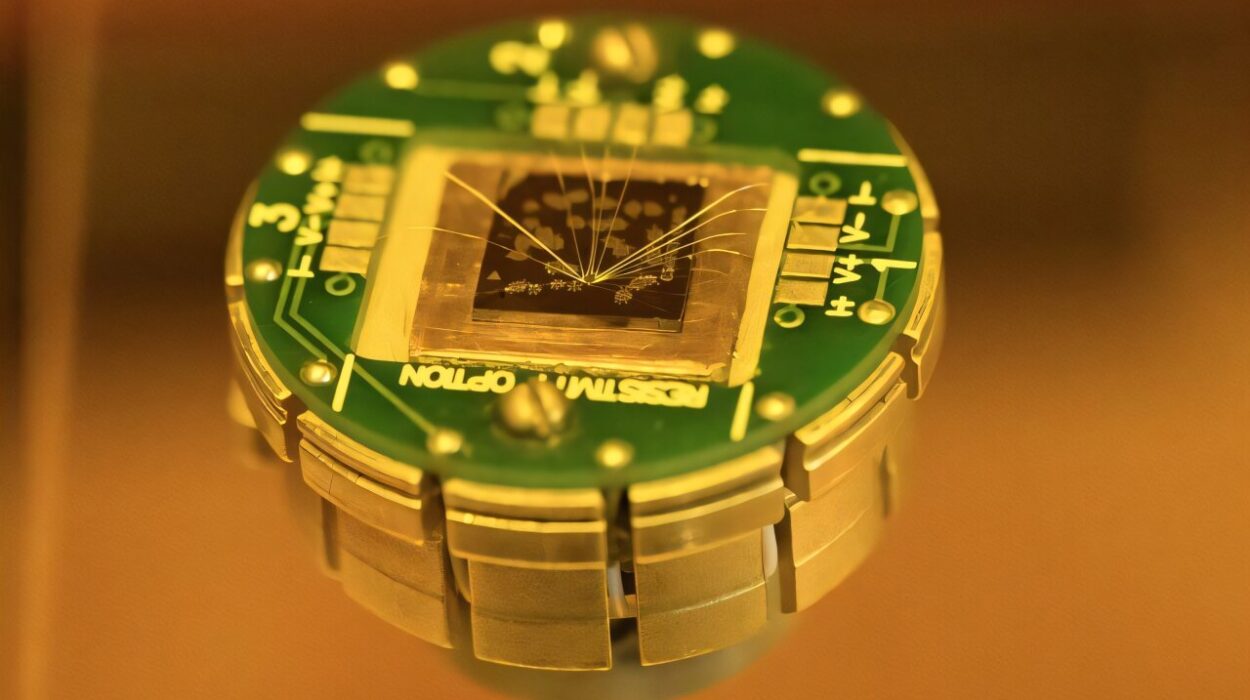Entanglement, often described as “spooky action at a distance,” lies at the heart of quantum technology. It allows particles to be mysteriously linked across space, so that what happens to one instantly affects the other, no matter how far apart they are. This strange connection, once dismissed as philosophical curiosity, has become the lifeblood of quantum computers, sensors, and secure communication systems.
But while entanglement is powerful, it is also fragile. Engineering reliable entangled states—especially those involving large groups of particles—has been one of the most stubborn obstacles in quantum science. Creating these states often requires complex laboratory setups, painstaking control, and a lot of luck. The result: progress has been slow, and the dream of scalable quantum devices has remained just out of reach.
Now, scientists from the University of Wisconsin–Madison and the University of Copenhagen have introduced a bold new way forward. In a paper recently published in Physical Review Letters, the team describes how they can efficiently prepare highly entangled states inside an optical cavity using a surprising tool from quantum computing: Grover’s search algorithm.
A Surprising Marriage of Ideas
Grover’s algorithm, developed by Lov Grover in 1996, is famous in the world of quantum computing. It was originally designed to solve a simple but fundamental problem: how to quickly find one “marked” item in a jumbled database. While classical computers would check items one by one, Grover’s algorithm harnesses the parallel power of quantum mechanics to drastically speed up the process.
The Wisconsin–Copenhagen team realized that this same principle could be adapted for something very different—preparing collective quantum states such as Dicke states and GHZ states (named after physicists Greenberger, Horne, and Zeilinger). These states are more than abstract curiosities. They are the workhorses of quantum technologies, enabling ultra-precise measurements, error correction in quantum computers, and long-distance quantum communication.
“Entangled states are an essential resource in quantum information, but their preparation has been limited because previous proposals either have low success probability or are too error prone,” explained Omar Nagib, the study’s first author. “We propose an efficient scheme for preparing entangled states of many atoms inside a cavity.”
The Optical Cavity Advantage
At the heart of the method is an optical cavity—a device that traps light between mirrors, allowing photons to bounce back and forth. Optical cavities are already widely used in quantum experiments because they amplify the interaction between light and matter.
The new scheme cleverly exploits this setup. Instead of trying to manipulate atoms directly with complicated sequences of lasers and fields, the researchers send single photons into the cavity. Each photon “reflects” off the trapped ensemble of atoms, nudging the system closer to a desired entangled state. With each bounce, the system gets more refined, guided by the logic of Grover’s algorithm.
The results, at least in theory, are striking. The team showed that any Dicke state with up to 500 atoms can be prepared with no more than eight photons. For context, traditional methods for creating such states often scale poorly, requiring resources that grow exponentially with the number of particles. By contrast, this approach scales gently, making it far more practical for real-world devices.
Why It Matters
The implications are enormous. If entangled states can be engineered reliably and efficiently, it unlocks the potential of quantum technology across multiple domains:
- Quantum computers could correct their own errors more effectively, bringing us closer to machines that outperform classical supercomputers.
- Quantum sensors could achieve unprecedented levels of precision, useful for applications ranging from navigation to medical imaging.
- Quantum communication systems could link distant devices with unbreakable security, enabling a future “quantum internet.”
“While Grover’s algorithm is generally hard to implement, we showed that it can be efficiently realized in a cavity hosting an atomic ensemble by repeatedly reflecting single photons off the cavity,” said Nagib.
Challenges Ahead
As with most breakthroughs in quantum science, theory comes before experiment. The proposal requires optical cavities with very low losses, a feature that is technically demanding to achieve in the lab. Small imperfections in the mirrors or photon losses can spoil the delicate quantum state being built.
“The present proposal requires cavities with small losses, which is experimentally challenging, and so it would be interesting to see if this requirement can be relaxed by modifying the scheme,” Nagib noted. “It would also be interesting to determine whether the present work can be extended to efficiently prepare a larger class of entangled states.”
Despite these challenges, the framework is flexible. The researchers point out that their method could work not only with atoms in optical cavities, but also with superconducting qubits, trapped ions, and Rydberg atoms—three of the leading platforms in the global race toward quantum technologies.
The Road to a Quantum Future
Entanglement has long been seen as both the promise and the problem of quantum technology. The new work offers a fresh perspective: instead of brute-force control, perhaps elegance and clever use of existing algorithms can unlock the complexity of quantum states.
Einstein once described entanglement as “spooky action at a distance.” Today, that spookiness is being tamed—not by chance, but by design. The combination of Grover’s algorithm and optical cavities represents a marriage of abstract mathematics and practical physics, a testament to how old ideas in quantum theory can inspire new directions decades later.
If future experiments confirm the feasibility of this scheme, we may be witnessing the birth of a new toolkit for quantum engineers. And with it, the dream of scalable, reliable quantum technologies could come closer to reality than ever before.
More information: Omar Nagib et al, Efficient Preparation of Entangled States in Cavity QED with Grover’s Algorithm, Physical Review Letters (2025). DOI: 10.1103/3fzf-wsr2. On arXiv: DOI: 10.48550/arxiv.2501.18881
Omar Nagib et al, Deterministic carving of quantum states with Grover’s algorithm, Physical Review A (2025). DOI: 10.1103/s3vs-xz7w.






